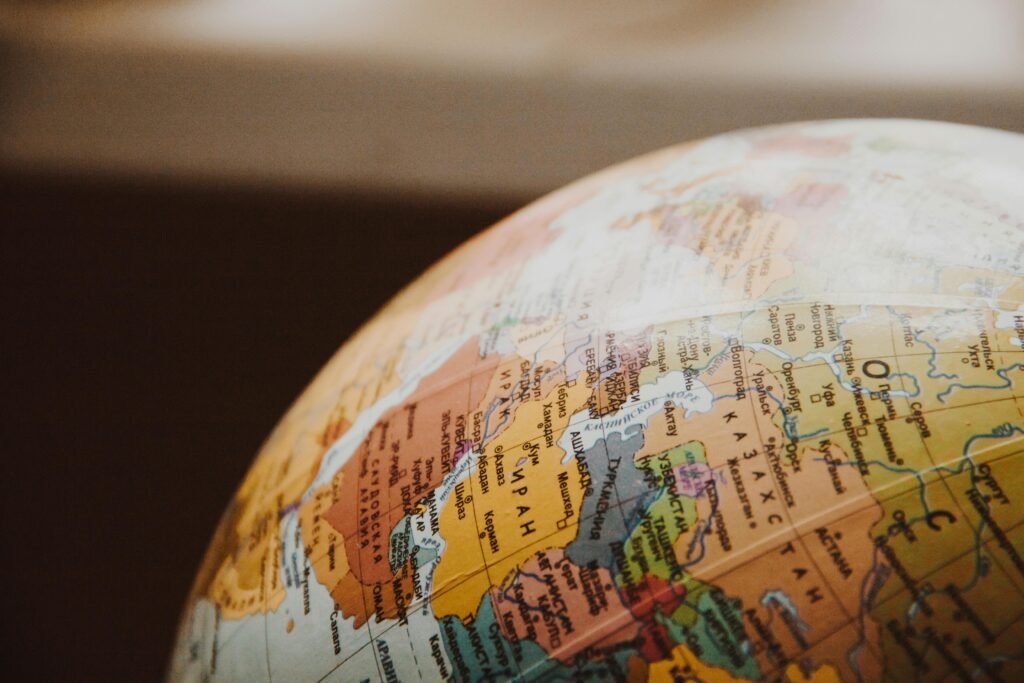
In a world increasingly driven by data, few tools are as powerful — or as overlooked — as Geographic Information Systems (GIS). Whether you’re planning cities, tracking climate change, optimizing delivery routes, or managing disaster response, GIS is at the heart of it all.
GIS is not just about maps — it’s about making sense of the world through data, location, and technology.
What is GIS, Really?
GIS stands for Geographic Information Systems — a technology that captures, analyzes, and visualizes spatial data. But more than that, GIS helps answer complex questions like:
-Why is this region vulnerable to flooding?
-Where should a new hospital or store be built?
-How is deforestation affecting regional temperatures?
It’s the intersection of geography, data science, and decision-making — a discipline that turns raw data into real-world insights.
Learn to Think Spatially — and Strategically
Studying GIS isn’t just about technical skills. It sharpens your ability to think across disciplines. With GIS, you’ll learn to:
-Spot patterns in human and environmental systems
-Combine datasets from different sources
-Present complex spatial stories through smart maps and dashboards
Make data-backed decisions with real-world impact
GIS makes you a strategic thinker in a spatial world.
Solve Real-World Problems that Matter
GIS is used to solve some of the most pressing global challenges:
-Disaster preparedness and emergency planning
-Climate change modeling and adaptation
-Urban development and smart cities
-Sea-level rise and coastal management
-Pandemic tracking and response
From humanitarian aid to city logistics, GIS is where data meets action.
Unlock Diverse, In-Demand Career Paths
With GIS skills, you can enter high-impact roles such as:
-Geospatial Analyst
-Urban Planner
-Remote Sensing Specialist
-Environmental Consultant
-Location Intelligence Expert
-Data Scientist with a spatial edge
These roles are in demand in sectors like:
-Government & public policy
-NGOs & humanitarian organizations
-Tech & logistics companies
-Academia & research institutes
-Environmental & sustainability firms
Whether you work with drones, satellites, or dashboards — GIS gives you a future-proof edge.
You Don’t Need to Be a Coder to Get Started
One of the best things about GIS? It’s accessible.
With tools like ArcGIS, QGIS, and Google Earth Engine, you can start exploring spatial analysis with little or no coding. And if you’re curious about automation or big data, GIS also integrates with:
-Python
-SQL
-AI & machine learning tools
-Web mapping platforms
In short: GIS meets you where you are — and grows with you.
Why Now Is the Time to Learn GIS!
We’re entering a future shaped by location-based decision-making:
-Retail stores use GIS to choose where to expand
-Governments use GIS to monitor population movement
-NGOs use GIS to map health needs and disaster zones
-Climate scientists use GIS to track environmental shifts
-The world is spatial. And the demand for spatial thinkers is growing.
How to Start Learning GIS Today?
You don’t need a degree to begin — just curiosity. Here’s how to start:
-Explore free platforms like QGIS, Google Earth Engine, or ArcGIS Online
-Take free or paid courses on platforms like Coursera, Esri Academy, or Udemy
-Join GIS communities on Reddit, Twitter/X, or LinkedIn
-Practice on open datasets like OpenStreetMap, Humanitarian Data Exchange, or Copernicus
Final Thoughts
GIS isn’t just a tool — it’s a new way of seeing the world.
Whether you’re passionate about cities, climate, health, or logistics, learning GIS equips you to make a difference — with data and purpose.
Start exploring, start mapping, start solving. The world needs more spatial thinkers.
